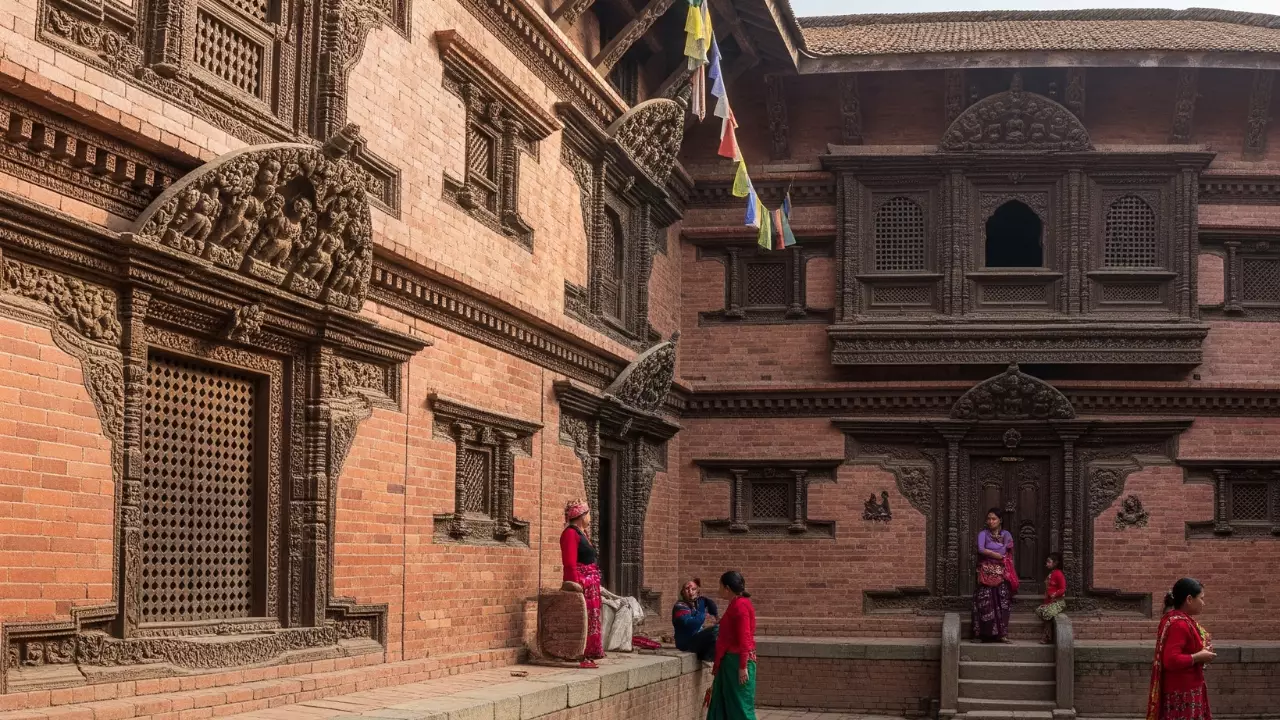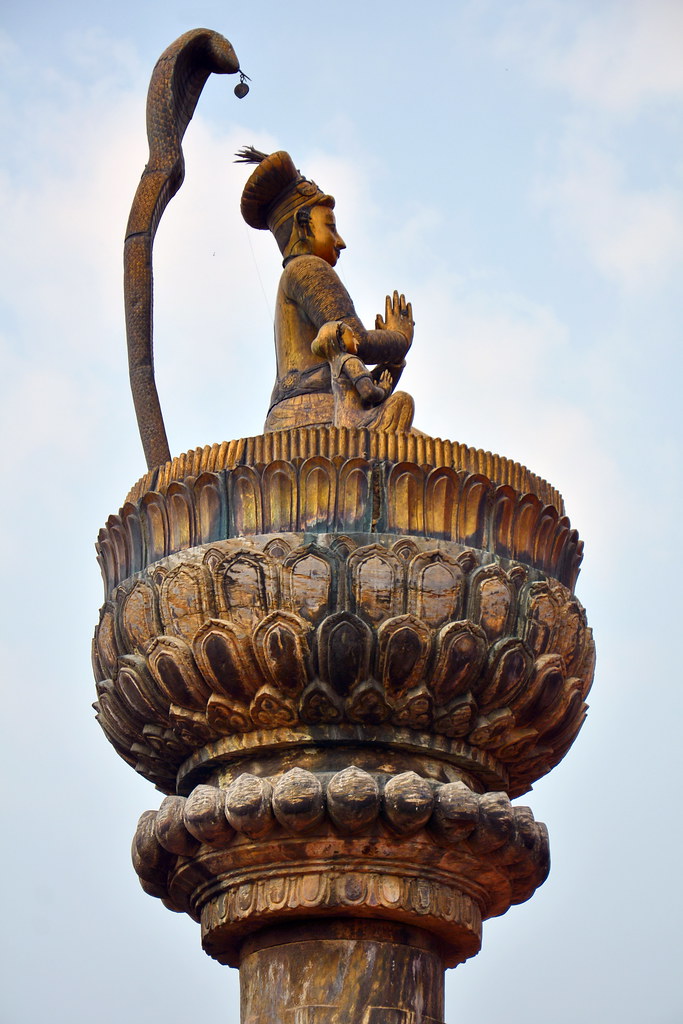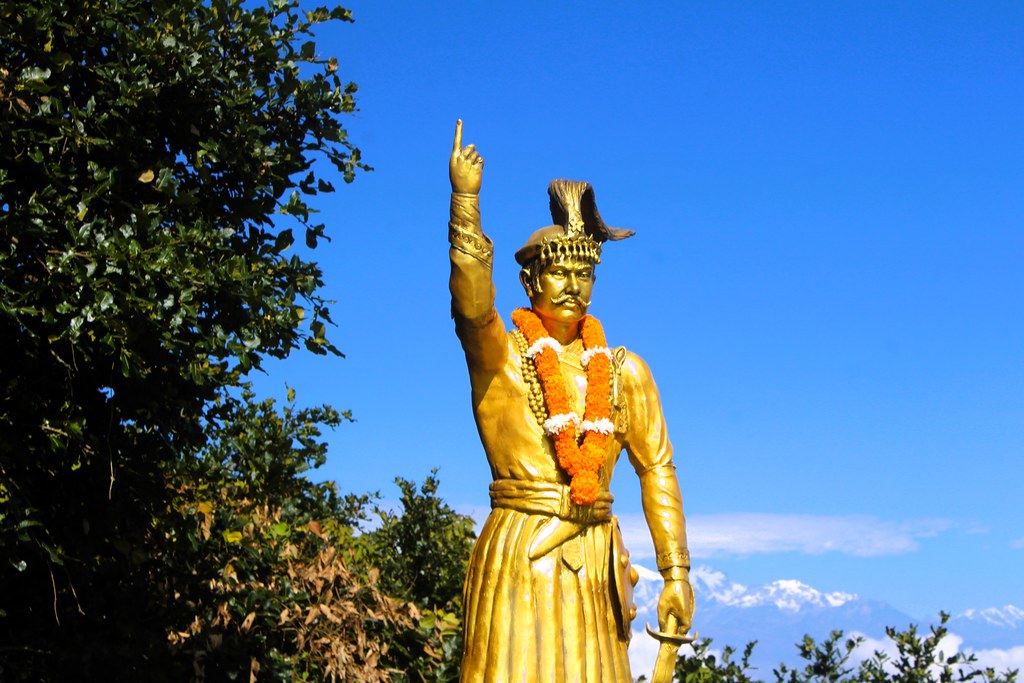Share this Article
Introduction
Muktinath Temple, located in the Mustang district of Nepal, is one of the most sacred pilgrimage sites for both Hindus and Buddhists. Nestled at an altitude of approximately 3,800 meters (12,467 feet) in the Himalayas, the temple is revered for its spiritual significance, breathtaking location, and religious harmony. Devotees believe that a visit to Muktinath grants liberation ("Mukti") from the cycle of birth and death. This article explores the full history of Muktinath Temple, its religious importance, architectural features, and the experiences of pilgrims who visit this holy site.
Historical Background
Muktinath Temple has a rich and ancient history that spans centuries. While the exact date of its establishment is unknown, historical records suggest that it has been a significant place of worship for over a thousand years. The temple is mentioned in Hindu scriptures such as the Vishnu Purana and the Mahabharata. According to Buddhist texts, Guru Rinpoche (Padmasambhava), the founder of Tibetan Buddhism, meditated in this region during the 8th century.
Hindu Beliefs
In Hinduism, Muktinath is regarded as one of the 108 Divya Desams, which are sacred shrines dedicated to Lord Vishnu. The temple enshrines a deity known as Shri Mukti Narayana, believed to be an incarnation of Vishnu. It is also considered to be one of the Shakti Peethas, where the forehead of Goddess Sati is believed to have fallen. Pilgrims undertake the journey to Muktinath to seek salvation and divine blessings.
Buddhist Significance
For Buddhists, Muktinath is an essential site associated with Guru Rinpoche, who is said to have attained enlightenment in the area. The temple is also considered one of the 24 Tantric places of worship. Inside the temple, a Buddhist monk performs daily rituals, emphasizing the site's unique religious harmony between Hinduism and Buddhism.
Architectural Features
Muktinath Temple exhibits a blend of Hindu and Buddhist architectural styles. The main temple is a small pagoda-like structure made of stone, housing the deity Mukti Narayana. Surrounding the temple are several sacred elements, including:
1. 108 Water Spouts
One of the most significant features of Muktinath Temple is the presence of 108 stone water spouts, known as "Muktidhara." Pilgrims believe that taking a holy bath under these ice-cold water streams cleanses sins and grants spiritual purification.
2. Eternal Flame
Another unique aspect of the temple is the eternal flame, known as "Jwala Mai," which burns continuously due to natural gas emissions. This flame symbolizes the presence of Lord Brahma and is considered a divine element by both Hindus and Buddhists.
3. Kunda (Sacred Ponds)
In front of the temple, two sacred ponds known as "Mukti Kunda" are located. Devotees take a dip in these waters as part of their religious rituals, believing that it leads to ultimate liberation.
Pilgrimage Experience
Journey to Muktinath
Reaching Muktinath Temple is a challenging yet rewarding journey. Pilgrims can travel by road, trek, or take a short flight from Pokhara to Jomsom, followed by a drive or trek to the temple. The trek is part of the famous Annapurna Circuit, attracting adventure seekers and spiritual travelers alike. The road journey from Pokhara to Jomsom is scenic, passing through deep gorges, waterfalls, and the picturesque Kali Gandaki River valley. From Jomsom, travelers often hire jeeps or walk the remaining distance to Muktinath, enjoying the stunning Himalayan landscape along the way.
Rituals and Spiritual Practices
Upon arrival, pilgrims follow sacred rituals, beginning with a dip in the Mukti Kunda and purification under the 108 water spouts. Devotees then enter the temple to offer prayers to Lord Vishnu and seek blessings from the resident priest. Many visitors also visit the Jwala Mai Temple to witness the eternal flame, a miraculous phenomenon believed to be a divine manifestation of Lord Brahma’s energy. The temple complex resonates with the sounds of hymns, bells, and chants, creating an atmosphere of deep spiritual connection.
Cultural and Spiritual Impact
The journey to Muktinath is not just about reaching the temple; it is also about personal transformation. Many pilgrims describe their experience as life-changing, finding peace, clarity, and a renewed sense of purpose after completing the pilgrimage. The temple’s serene and mystical environment enhances meditation and self-reflection, making it a unique destination for spiritual seekers.
Best Time to Visit
The best time to visit Muktinath is during the spring (March-May) and autumn (September-November) seasons when the weather is stable, and the views of the Himalayas are breathtaking. During these months, the temperature is moderate, and the paths are free from heavy snowfall, making travel easier. Winter visits can be challenging due to extreme cold and snowfall, while monsoon season brings rain and landslides, affecting accessibility.
Conclusion
Muktinath Temple is more than just a place of worship; it is a symbol of religious unity, spiritual enlightenment, and natural beauty. Its historical and cultural significance makes it a revered pilgrimage site for Hindus and Buddhists worldwide. Whether seeking divine blessings, spiritual liberation, or the adventure of a lifetime, a visit to Muktinath is an experience that remains etched in the hearts of pilgrims forever.
Categories:
History & Heritage
Tags:
MuktinathTemple
,
SacredJourney
,
HolySite
,
DivineDestination







